Clay, readymades, glass, glaze and dust are all mixed to form your sculptures. Why do you combine these materials and how do you select them?
I build sculptures of hard objects, readymades that are given to me by friends or bought at flea markets. My interest lies within the mass produced, and highly consumed items, where the aesthetic expression is often perceived tasteless, and the material value is low. As a child, I appreciated knick-knacks, and I loved all things pink, shiny and glittery. These treasures led me into a dreamland where everything could happen, and the boundaries were set only by my imagination. This somewhat shamefaced enthusiasm for mass produced objects is still a great passion of mine. Although these objects have no practical function, we choose to include them in our homes and lives for various reasons—deeply emotional or just decorative. I am attracted to readymades for how they portray scenes from a life far removed from my own, a romantic view of life. Their anonymity makes it possible for me to fill them with a new purpose of my choosing. I fill them with dreams, longings, lust and desire.
I aim to create new aesthetics by combining dream filled materials. My work is influenced by a culture of consumption. I combine industrially produced readymade objects with handmade elements, abstract shapes and real objects into amorphous sculptures glazed in various colors. I want to form different aspects of our lives that appear and disappear at different angles or perspectives. My work is never complete, it’s always in change. It is a constantly changing intellectual process and a manic play with the material.
You started to make objects in the late 2000’s, having previously worked as a sociologist. What sparked your interest in art and, in particular, in ceramic art?
For as long as I can remember I’ve built things, made drawings, paintings and collecting objects. Being a creative child, I also found psychology and sociology a passion of mine early in life. Reading books in the subjects, trying to find answers of who we are and how we became who we are. The passion for art was always there but growing up in a right winged society were education and a good job where more important factors than art I aimed for a career in sociology.
After some tragic events in my personal life, I lost the very essential trust in society, and my belief system crashed. It took some time to rebuild who I am but now I am an artist. I think deep down in my heart I’ve always been an artist as I also continue to be a sociologist. For me, it is the same. When I choose to work with ceramic materials, I do it for its physicality, its constant ability to change, its beauty, rawness and contradiction. Ceramics gives me a mental and physical wrestling match that connects deeply to my inner core.
I am attracted to readymades for how they portray scenes from a life far removed from my own, a romantic view of life. Their anonymity makes it possible for me to fill them with a new purpose of my choosing. I fill them with dreams, longings, lust and desire.
Tell us about how you create the sculptures and what technical difficulties you encounter.
My process starts out with an observation in the surroundings of my life. For example, during visits to the recycle station I noticed a constant stream of people throwing away piles of nice and functional things—everything from building material, furniture, refrigerators and cell phones. Rolf is the name of a man working at the recycle station. I asked Rolf what he thought about this. He said; “Couples meet and start a home and family together. They feel a need to set their character to the home they bought together, so they start to throw out everything that is old in the house. Kitchen cabinets, tiles and wallpaper are all replaced with something new and fresh. When there is nothing more to replace, the couple split up and start a new family and buy a new home to remodel.” It made me wonder.
I also collect objects. I constantly seek and collect lots of things. Collecting is an action of mixed emotions—wonderful but at the same time disgusting. Some of the materials I use are found. I find materials in the streets—such as bricks, dust and glass. A couple of years ago I cleaned out some clay that had been in my studio for too long. I tossed it away in my parent’s garden compost and forgot all about it. Years later my father comes up to me with this lump of clay in his hand. “Do you want this piece of clay I found it in the compost? I didn’t think this kind of clay existed here in this part of Sweden. I thought it was mainly found in the southern part of Sweden. Maybe you can use it in one of your sculptures?” It was a beautiful lump of clay all covered in brown/black soil and inside there were a grey and white core. It had transformed into something new and exciting—just as my artwork transform objects into new shapes. This lump later played an important part in an exhibition of mine.
To empower my work, I think of a title while building my sculptures. I sculpt with hard objects inside a prebuilt mold. This requires focus and intensity. Then I fire the kiln, so the materials melt together. When the temperature cools down, I break open the mold. Now I repeat the process and do so until I’m pleased with the piece. Some technical difficulties can appear in limitations of the laws of physics such as the size of the kiln and weight of the material.
How does the decorative purpose of an object change after it goes through your recontextualization process?
My sculptures embody the symbolic, aesthetic and cultural values that the objects in themselves possess, but by transferring these objects to alternative contexts I create contradictions and challenge the normative view. I want to raise issues that revolve around tradition. What happens when we move away from these traditions? And what happens in the encounter between the spectator and the object when the object doesn’t look as expected? The ceramic material is charged with particular feelings, standards, and values, which have a significant influence on my work. I take the liberty to enhance and overthrow set conceptions. By using readymades in my sculptures, I make use of these preconceptions and enhance the feelings I have for the objects. My strategies are disturbing, and I want to destabilize our thinking pattern.
You believe that the system that requires continuously increased consumption is cracking, and this is visible through our psychological and emotional displacement. How did you become concerned with the changes in our consumption habits?
By being human.
As humans, we tend to collect more objects as we grow older and, as societies, we tend to “consume” more objects as we progress. Why do you think that we live off and through material things?
Consumption has a greater implication than just being products simply changing hands. A process has begun, where the consumer adapts the object by infusing meaning and symbolism by placing it in an environment that complements or enhances an already existing scene. The consumer re-contextualizes the object, i.e. creating new meaning by placing it in a new environment. Human beings actively construct, organize, regulate and change the world through consumption. Objects can, for example, create a symbolic presence of absent family members and past lives. Environmental psychology states that the individual mentally and emotionally incorporates the home and its objects, developing identification between them and the ego—an act that encompasses both aspects of security and self-fulfilment. In the relationship between humans and their environment, there is an ongoing interaction where the environment is affected by human needs and values while in turn the environment affects humans by giving stimulus, safety and comfort.
We develop close relationships with objects because they offer us stimulus, familiarity, safety, and comfort. What is the difference between how we connect to mass-produced items and how we connect to objets d’art?
Mass produced objects raise strong feelings of recognition, bringing associations, narratives and notions of time and existence. Many of these objects have been kept around us for generations, things we have encountered in different scenarios and contexts. Objects are not static but exist in a constant shift through time, trends, settings and people. The difference is also in the question of taste.
2015. Interview by Vasi Hirdo, published in Ceramics Now Magazine Issue 3.
The interview is copyright of Ceramics Now and Karin Karinson, and cannot be reproduced without permission. All images are copyright of the artist unless otherwise stated.


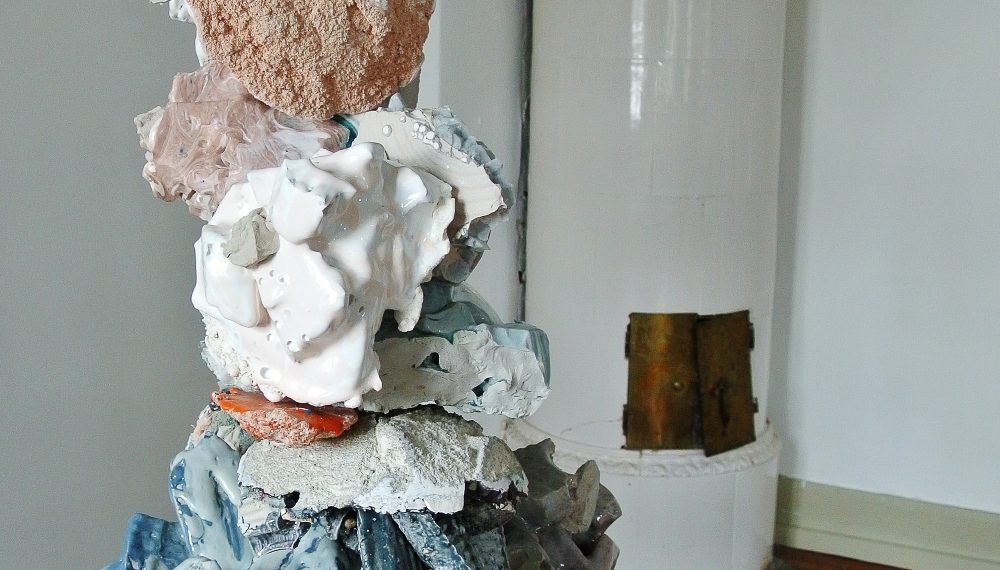
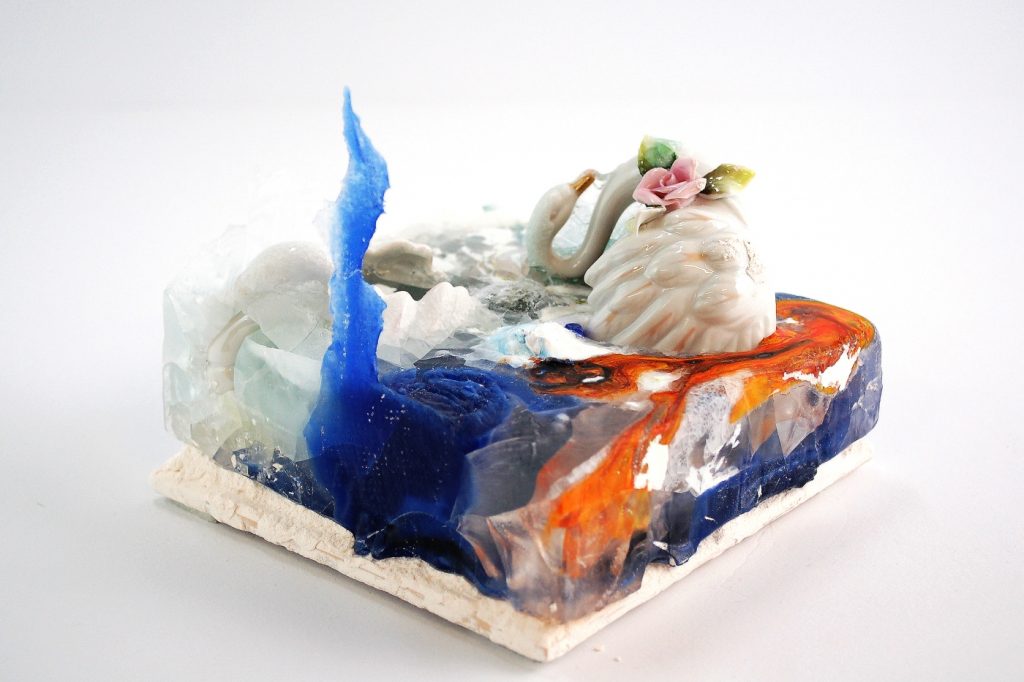
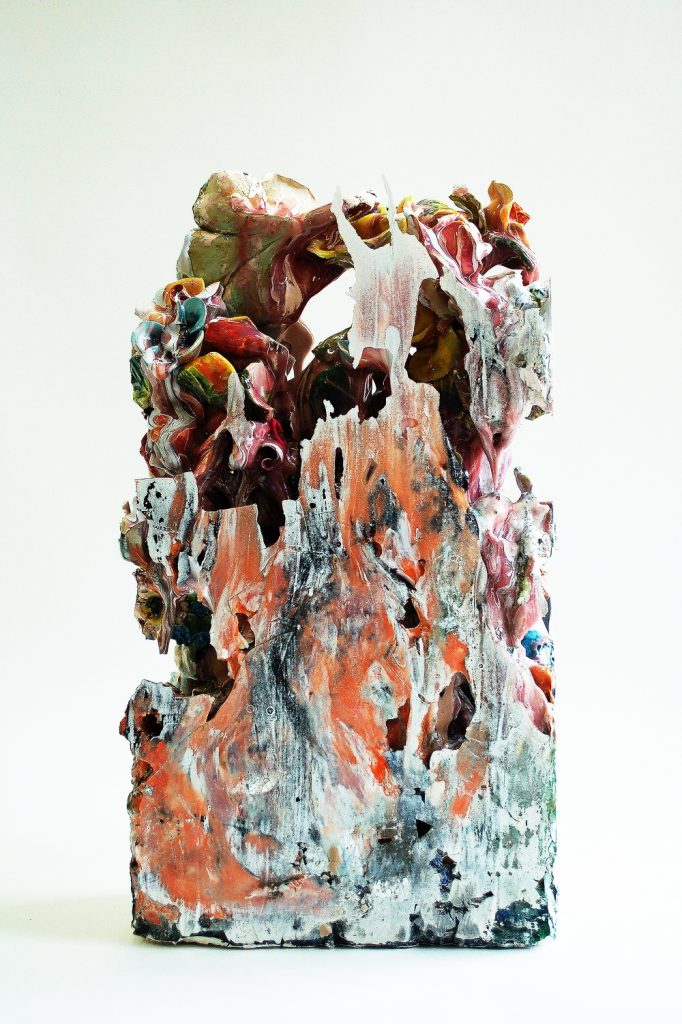
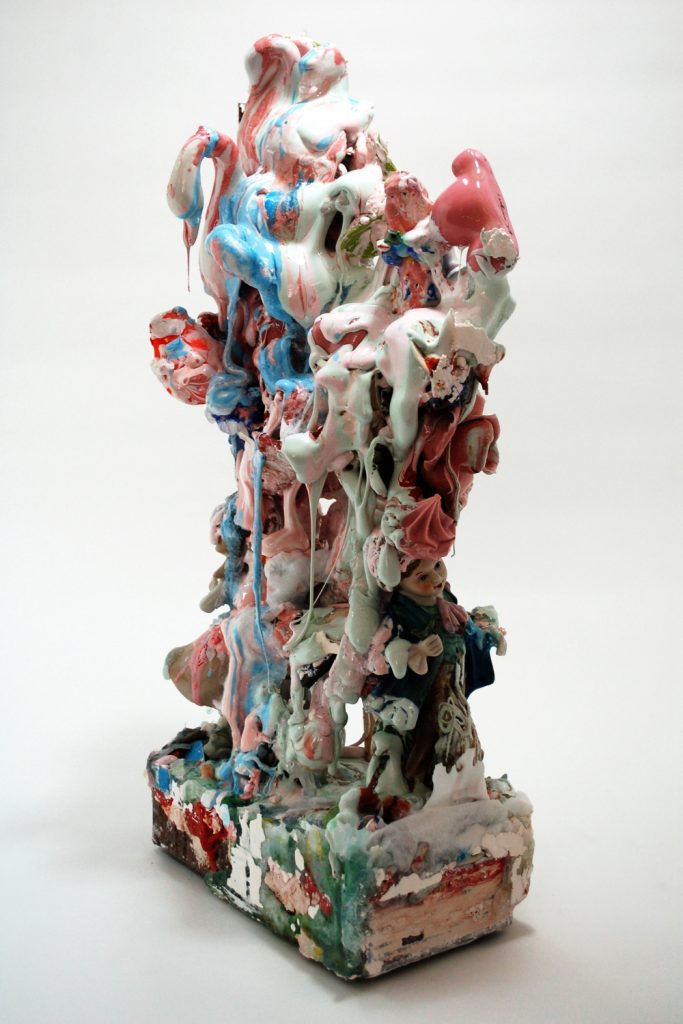
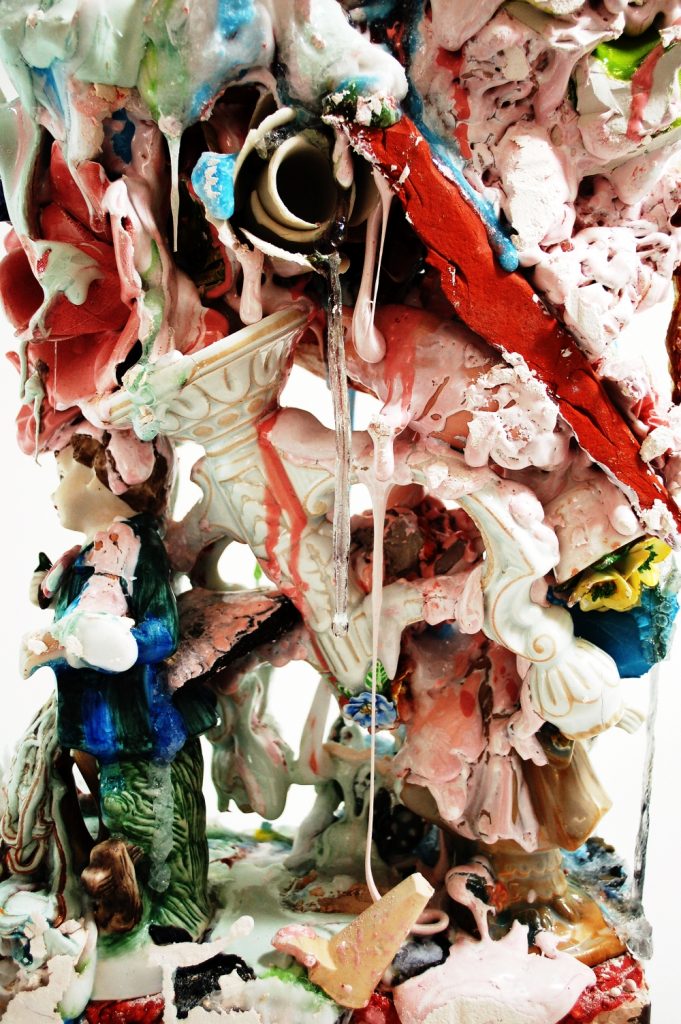
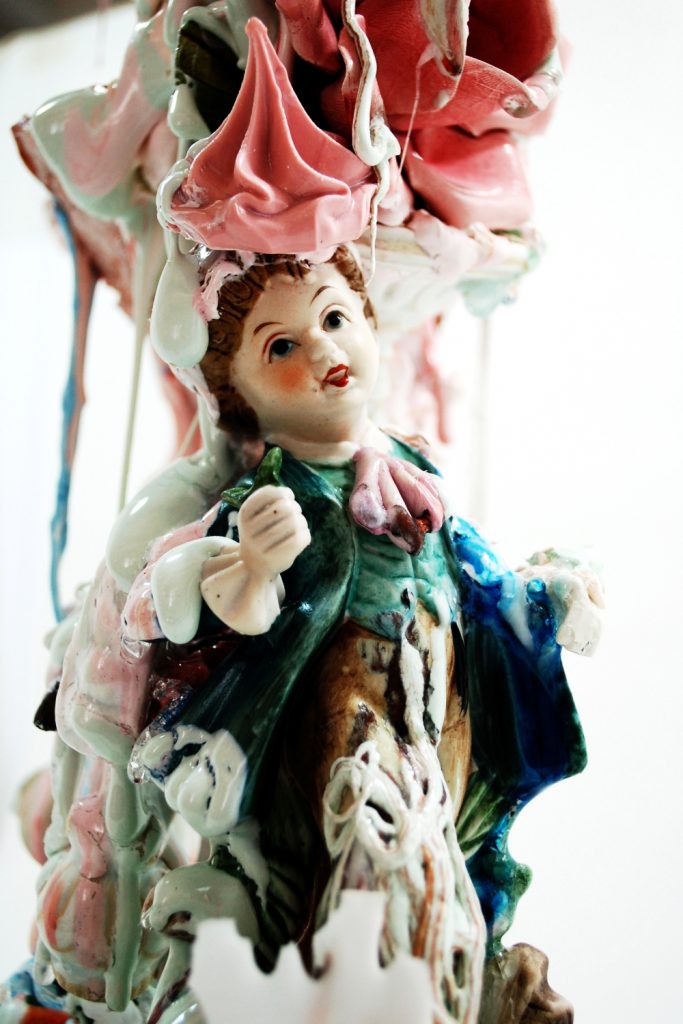














Comments 1